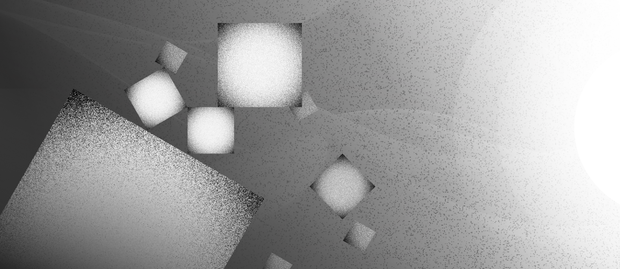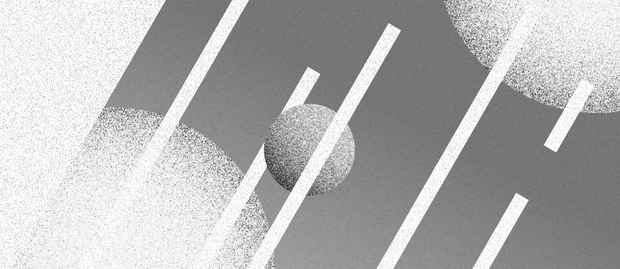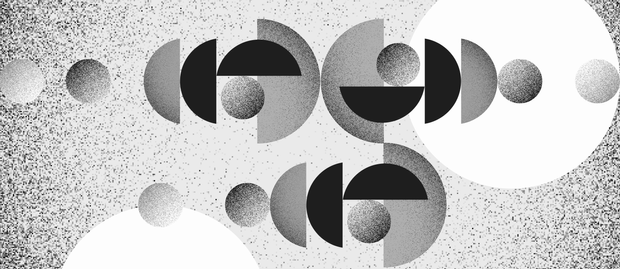What is nouveau art?
reviews Articles
11 min read
undefined
Is art a good investment? Is artwork a good investment? What profit can I expect? These are just a few questions everyone should consider before delving into art investment. Before considering digital craft as an investment, it's important to understand its fundamentals, value, and comparison to traditional art. So, let's delve into this topic.
5 min read
undefined
A certificate of authenticity (COA) for artwork is a crucial document that verifies the originality of a piece. It's akin to a passport for a painting, a digital signature for a sculpture, or a birth certificate for a photograph. Essentially, it's a formal declaration by the artist confirming that a particular piece is their genuine creation.
6 min read
undefined
The art world is breathtaking, filled with stories whispered on canvas and emotions carved in bronze for eternity. Nevertheless, much like the financial market, the artistic realm has its classifications. Blue chip art is a cornerstone within this realm, representing a coveted category for collectors and investors alike. But what exactly defines blue chip artwork, and how can you navigate this exclusive market? Let's delve into the world of white-glove treasures.
5 min read
undefined
Starting an art gallery is an experience brimming with creative fulfillment. It allows you to curate a space that fosters artistic expression, ignites conversations, and connects with a passionate community. However, a solid foundation is crucial before you get swept away by the creative whirlwind. This guide will help you answer the question, "How to start an art gallery?" with the knowledge and steps needed to navigate the exciting journey of opening your own art gallery.
5 min read
undefined
The art gallery, a cornerstone of artistic discovery for centuries, finds itself at a crossroads. The digital age, with its disruptive technologies and global reach, is forcing a reevaluation of the traditional gallery model. However, this transformation presents not just challenges, but also exciting opportunities.
5 min read
undefined
The incredible boom of 2021 put crypto art (non-fungible token) at the center of everyone's attention. Record-breaking sales, constant media coverage, and widespread adoption by all kinds of people and organizations – it felt like a whole new way of owning art was here to stay. But things are a little different in the NFT market future.
7 min read
undefined
What is digital art?
6 min read
undefined
As with any other year, marked the start of the 2023 summer for the art community. The event showcased 284 art installations from 36 countries and regions, making it a must-attend destination for art connoisseurs worldwide. Thus, a never-ending stream of visitors was expected, even at the VIP opening on Tuesday, the 15th, resulting in long queues and limited free space at some art booths.
7 min read
undefined
The success of art events is not solely based on the grandeur of its exhibits or the prestige of its participants. Rather, the balance between trend and tradition, as well as the ability to challenge perceptions through unique techniques, is what sets apart genuinely remarkable events. This is what allows major art fairs such as Frieze and TEFAF to become the most recognizable events in the world.
4 min read
undefined
The world of crypto art remained a powerful, albeit not fully explored tool, that has captured the attention of collectors, artists, and tech enthusiasts alike. While the initial hype often focused on the astronomical prices fetched by some digital artworks, the true potential of NFTs extends far beyond mere speculation.
June 17, 2024
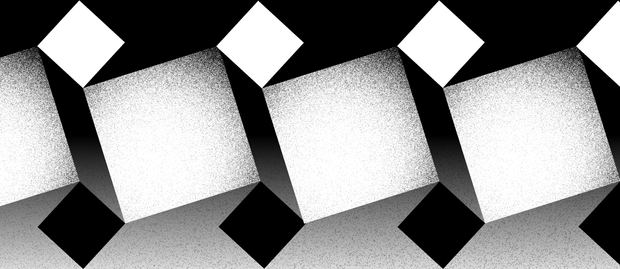
6 min read
undefined
Art enthusiasts and market observers, take note! Art Basel and UBS have finally unveiled the highly anticipated Art Market Report 2024. Authored by the esteemed Clare McAndrew, founder of Arts Economics, this annual analysis provides an in-depth review of the international art market.
6 min read
undefined
The art world has adapted and evolved throughout history, and in 2024, galleries are once again looking for new ways to promote artworks among collectors, for example, the Ullens Center for Contemporary Art (UCCA) in Beijing launched a pilot program in March 2021 to fractionalize ownership of artworks by Chinese artists through NFTs. This process allowed a more comprehensive range of collectors to participate in the ownership of valuable pieces while providing the gallery and artists with new revenue streams. While the art galleries’ NFT boom may have subsided, established galleries still consider incorporating non-fungible tokens into their business operations.
7 min read
undefined
The modern art market is dynamic and ever-evolving. New art trends emerge, tastes shift, and preferences transform rapidly. As a result, galleries and collectors must pay special attention to changes in the market. Otherwise, it won't be easy to successfully reach new audiences, find valuable masterpieces, and distinguish actually valuable insights in art market reports.
5 min read
undefined
The whirlwind of 2021 propelled crypto art, also known as NFTs, into the global spotlight. Astronomical prices, top headlines, and mass adoption among individuals and institutions — it seemed as if a new era of art ownership was upon us. However, 2024 presents a bit different landscape.
6 min read
undefined
While the meteoric rise of NFTs in 2021 captured headlines, 2024 paints a more nuanced picture of the NFT and art market. Gone are the days of frenzied bidding wars and overnight success stories. Instead, the market has undergone a period of consolidation, focusing on long-term value and utility.
7 min read
undefined
Nowadays, non-fungible tokens have gradually become a recognized part of the art industry. This new blockchain-based technology provides an immutable proof of ownership and a transparent transaction ledger, ushering in a new age in the history of digital art collecting and opening doors for many individuals who aspire to become creators.
April 18, 2024
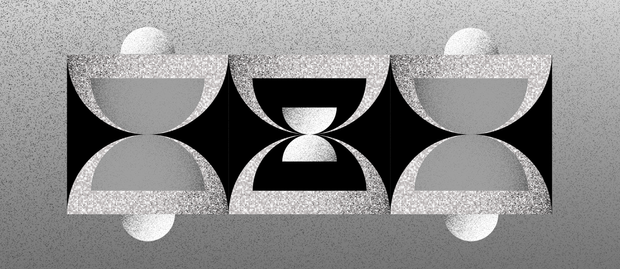
7 min read
undefined
In the Web 3.0 age, cutting-edge technological solutions are gradually becoming more popular and finding their way into various fields, including the art industry. One such solution is non-fungible tokens (NFTs), unique assets situated on blockchain. NFTs enable galleries and their affiliated artists to provide proof of ownership for collectors within the digital landscape.
8 min read
undefined
In a new fast-paced world driven by cutting-edge technologies, the digitalization of assets, services, and products becomes one of the tools that allow organizations to get the upper hand on competitors. No matter the industry or the object, it helps market players stand out in overcrowded business realms and create new, valuable revenue streams to fund new projects or mitigate crises.
8 min read
undefined
Art exhibitions are an integral space for galleries, visionaries, artists, and collectors to interact with each other. A venue to discover new trends, learn from industry leaders, get inspired by the works of other artists, and, most important, expand their network.
6 min read
undefined
In recent years, NFTs have become a prominent topic in the digital world, captivating the attention of both enthusiasts and the mainstream audience. Although there may be a few individuals who have not yet heard of NFTs, it is difficult to fathom how they managed to overlook the emergence of this new digital asset and the surrounding hype.
6 min read
undefined
The world of art trade can often seem to run counter to harsh realities like war, inflation, economic downturns, and political crises.



